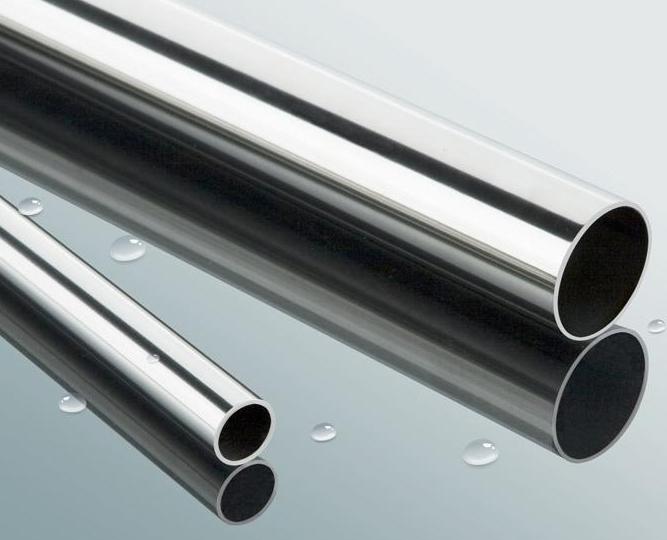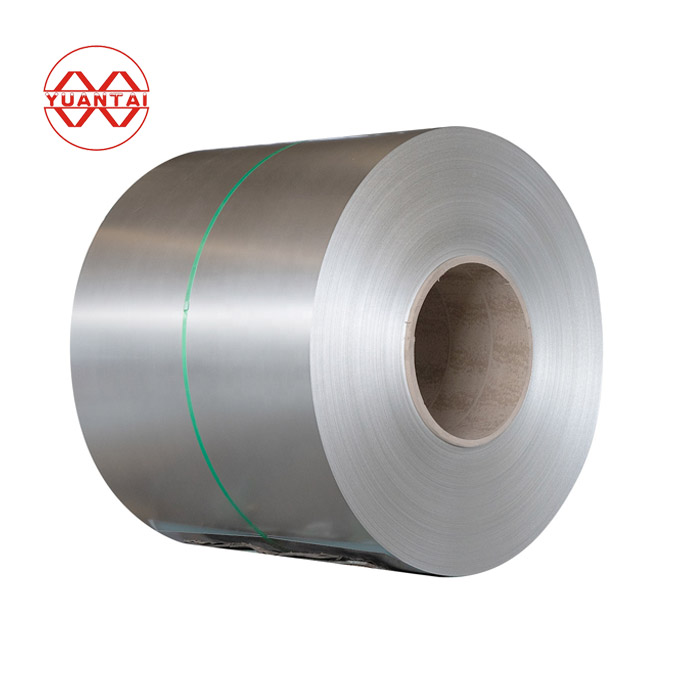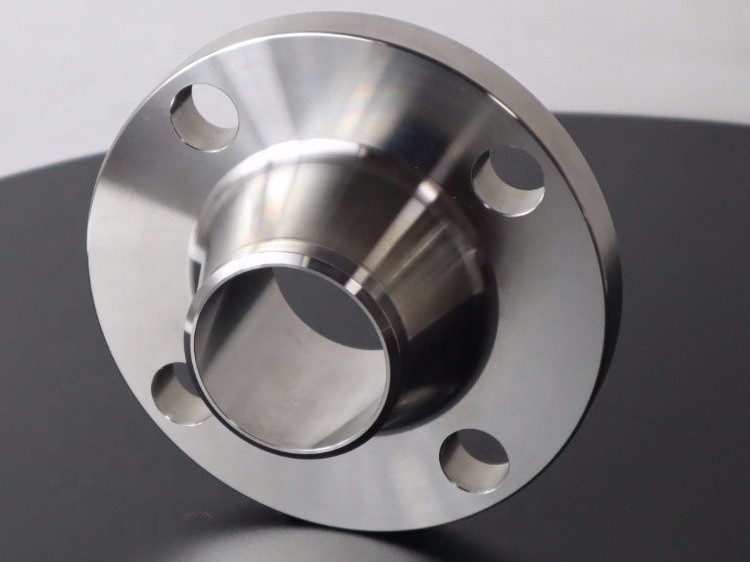Amongst the wide array of stainless steel pipes, four major varieties stand out: austenitic, ferritic, duplex, and martensitic. The steady favorite amongst these four is the austenitic group, including 304 and 316 steels, which enjoy superior corrosion resistance compared to their counterparts. The ferritic steels—like 430—are a close second but are not nearly as popular. Duplex steels such as 2205 and 904L have recently gained traction in the food and chemical sectors due to their exemplary resistance to erosion. Lastly, martensitic steels—like 410 and 420—are the most durable and powerful of the bunch, but are not quite as resistant to corrosion as their counterparts.
For transporting bulk amounts of crude oil, natural gas, and other refined materials, pipeline transportation is an indispensable feature of the country’s infrastructure. It helps to seamlessly transport commodities across extended distances in a highly cost-effective manner.
Carbon steel is the material of choice for pipeline production due to its robustness and rigidity, however, its contact with elements can cause it to corrode. Operators rely on protective techniques to keep the steel in good condition, such as applying a plastic layer or covering the pipe with rust-resistant material. Stainless steel pipes, although pricier, also offer an enhanced corrosion resistance.
Stainless steel pipes come in four distinct forms, including austenitic, ferritic, duplex, and martensitic types. Of the four, austenitic steels like 304 and 316 are the most popular and boast excellent corrosion resistance. Ferritic steels, such as 430, have solid corrosion resistance but are not as prevalent as their austenitic counterparts. Duplex steels like 2205 and 904L feature heightened corrosion resistance and are becoming increasingly commonplace in the food and chemical industries. Lastly, martensitic steels like 410 and 420 exhibit the greatest strength and durability but lack the corrosion-resistant qualities of the three other varieties.
Austenitic stainless steels are a hugely popular grade of stainless steel, well-known for their corrosion resistance and excellent mechanical properties. Such qualities have made them useful across a vast range of fields, such as the food and beverage industry, pharmaceuticals, and chemical processing.
Utilized worldwide, grade 304 is the most prominent austenitic grade due to its exceptional mechanical properties and pervasive corrosion resistance. For more aggressive environments containing acids or other degrading compounds, grade 316 may be preferable. This grade offers increased protection from corrosion compared to its 304 counterpart.
Although not common as their austenitic counterparts, ferritic stainless steels are a reliable and cost-effective option for bringing corrosion resistance to the table. One of the go-to ferritic stainless steel varieties is 430 grade, suitable for a variety of models -especially cars and kitchen appliances.
Duplex stainless steel is a unique blending of austenitic and ferritic grades. Their synergy offers remarkable protection from corrosion, a trait that makes them sought after by a variety of industries – chemical processing, oil & gas, and maritime operations among these. Perhaps the most popular duplex grade is 2205, its excellent qualities found across countless sectors.
Delivering formidable power, Martensitic stainless steels reign triumphant as the toughest and mightiest of all stainless steel varieties – although they fail to live up to the corrosion-resistance of other types. The most commonly encountered martensitic grade is 410 – put to good use in applications that require high strength, such as valves and fasteners.
Upon selecting which stainless steel pipe is most suitable for the intended purpose, pipeline operators must be aware of the positive and negative characteristics that the four distinct varieties encompass. From this knowledge, the right option can be carefully chosen.
When considering the environment in which they operate, operators must analyse all variables – from the temperature and pH of the liquid medium to the presence of corrosive chemicals, as well as the pressure level. These elements will grant insight into selecting the right material for the job, as well as for the ideal diameter and wall thickness of piping.
Post time: 2023-06-30
Related Product

Stainless steel grooved pipe Stainless steel special-shaped pipe
The stainless steel grooved pipe is a kind of stainless steel profiled pipe. The stainless steel profiled pipe is the general name of the steel pipes of other cross section […]

38BA clean pipe ss304 stainless steel pipe ferrule connection stainless steel pipe
Product name 3/8 “BA clean pipe ss304 stainless steel pipe ferrule connection biopharmaceutical fluid delivery Classification BA clean pipe/EP super clean pipe Product Desc […]

Stainless steel coil 316L 304 201 310S stainless steel cold rolled coil wiredrawing film
Thickness specification of stainless steel strip – table (full page length and width can be customized by zero cutting) 0.05mm 0.1mm 0.15mm 0.2mm 0.3mm 0.4mm 0.5mm 0.8 […]

stainless steel Straight Tee
Stainless steel tees are pipe fittings and pipe connectors. It is used at the branch pipe of main pipe. Stainless steel tees can be divided into equal diameter tees and reducing te […]

Billet 420 round steel 3.0-300mm 420 stainless steel bar good straightness quenching and tempering treatment
Billet 420 round steel 3.0-300mm 420 stainless steel rod straightness is good Quenching and tempering treatment 2Cr13 stainless steel has high hardness and good corrosion resistanc […]

Stainless steel 90 ° elbow
In a piping system, an elbow is a fitting that changes the direction of a run. Product introduction The 90 ° stainless steel elbow is composed of fabric reinforced stainless steel […]

Stainless steel square tube
Stainless steel 201 304 square tube, durable, stainless steel square tube for building decoration Stainless steel square tube is a kind of hollow long steel, because the sec […]

Stainless Steel Capillary Pipe Tube
304 stainless steel capillary tube 316L precision seamless tube manufacturer of ultra small caliber thin-walled tube for medical instruments texture of material:304、316 Spec […]

Stainless steel flange
Stainless steel flange Stainless steel flange is mainly used for pipe connection in pipeline engineering. INTRODUCTION Stainless steel flange is mainly used for pipe connect […]
